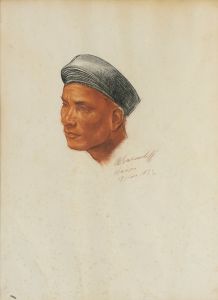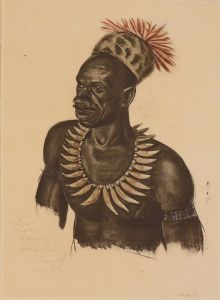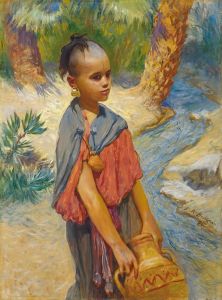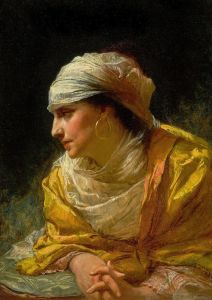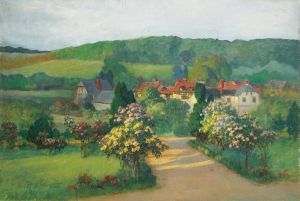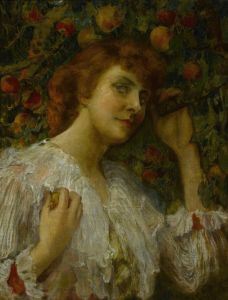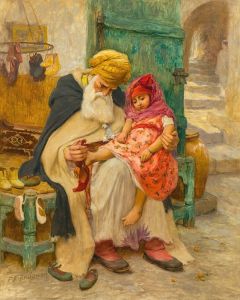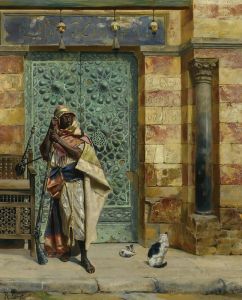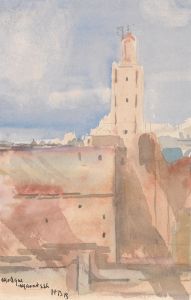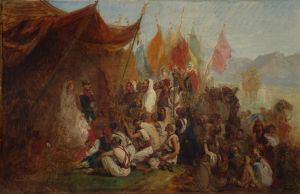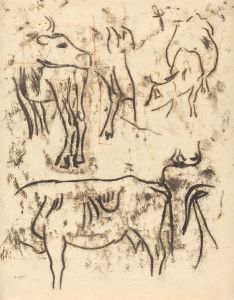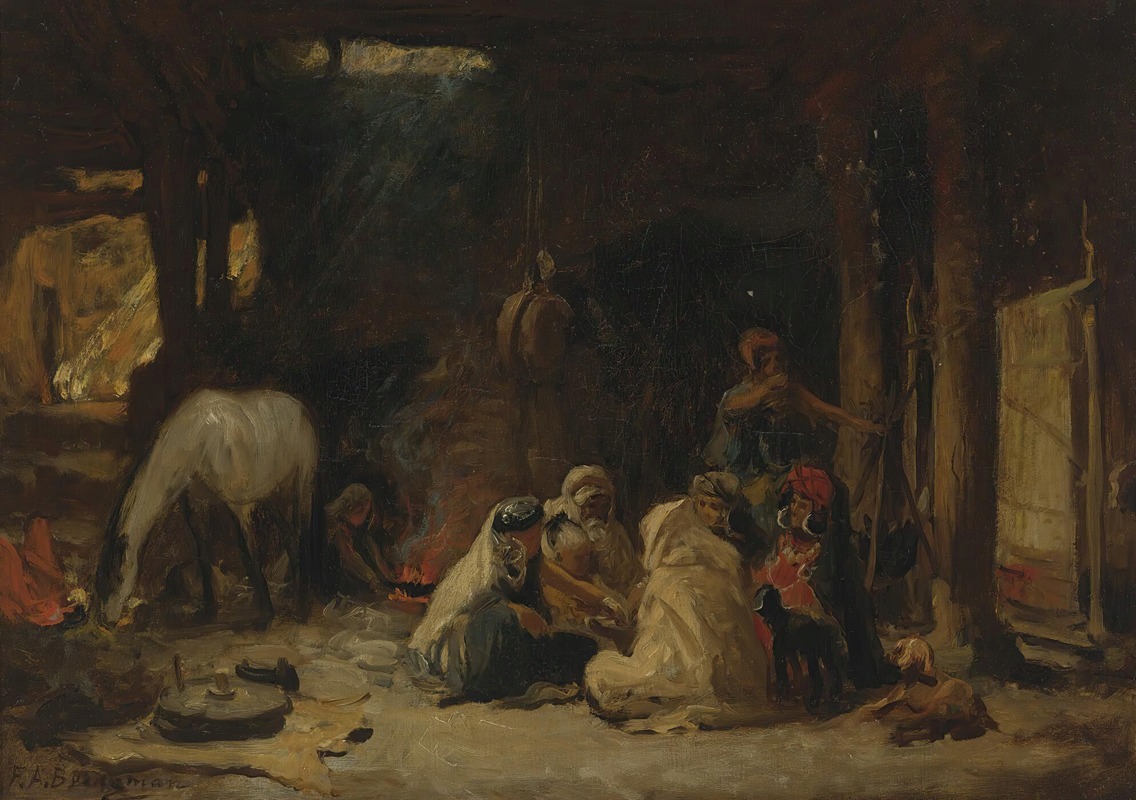
At rest, Algeria
A hand-painted replica of Frederick Arthur Bridgman’s masterpiece At rest, Algeria, meticulously crafted by professional artists to capture the true essence of the original. Each piece is created with museum-quality canvas and rare mineral pigments, carefully painted by experienced artists with delicate brushstrokes and rich, layered colors to perfectly recreate the texture of the original artwork. Unlike machine-printed reproductions, this hand-painted version brings the painting to life, infused with the artist’s emotions and skill in every stroke. Whether for personal collection or home decoration, it instantly elevates the artistic atmosphere of any space.
Frederick Arthur Bridgman was an American artist known for his Orientalist paintings, which depicted scenes from North Africa and the Middle East. One of his notable works is "At Rest, Algeria," which exemplifies his fascination with the exotic and the everyday life of the regions he visited. Bridgman was born in Tuskegee, Alabama, in 1847, and he later moved to Paris to study art, where he became associated with the Orientalist movement. This movement was characterized by Western artists' interest in the cultures, landscapes, and peoples of the East, often romanticizing and idealizing their subjects.
"At Rest, Algeria" is a painting that captures a moment of tranquility and repose, reflecting Bridgman's keen eye for detail and his ability to convey the atmosphere of the places he painted. The artwork is set in Algeria, a country that Bridgman visited during his travels in North Africa. His journeys provided him with firsthand experiences and a wealth of material that he used to create his paintings. Bridgman's works are noted for their meticulous attention to detail, vibrant colors, and the way they capture the light and texture of the scenes he depicted.
In "At Rest, Algeria," Bridgman portrays a serene scene that likely features local inhabitants in a moment of leisure or rest. The painting is characterized by its rich color palette and the artist's skillful use of light and shadow to create depth and realism. Bridgman's attention to the details of clothing, architecture, and the natural environment reflects his desire to present an authentic representation of the Algerian setting. His work often included elements that highlighted the cultural and social aspects of the regions he visited, providing viewers with a glimpse into the daily lives of the people he encountered.
Bridgman's Orientalist paintings, including "At Rest, Algeria," were well-received in his time, and he exhibited them in prestigious venues such as the Paris Salon. His works contributed to the Western fascination with the East during the 19th century, a period when many artists and writers were exploring themes related to exoticism and cultural diversity. While Bridgman's paintings were celebrated for their beauty and technical skill, it is important to recognize that Orientalism as a movement has been critiqued for its tendency to portray Eastern cultures through a Western lens, often perpetuating stereotypes and romanticized notions.
Despite these critiques, Bridgman's work remains an important part of art history, offering insights into the ways Western artists engaged with and represented other cultures during the 19th century. "At Rest, Algeria" is a testament to Bridgman's artistic talent and his ability to capture the essence of a moment, transporting viewers to a different time and place. His paintings continue to be appreciated for their aesthetic qualities and their role in the broader context of Orientalist art.





